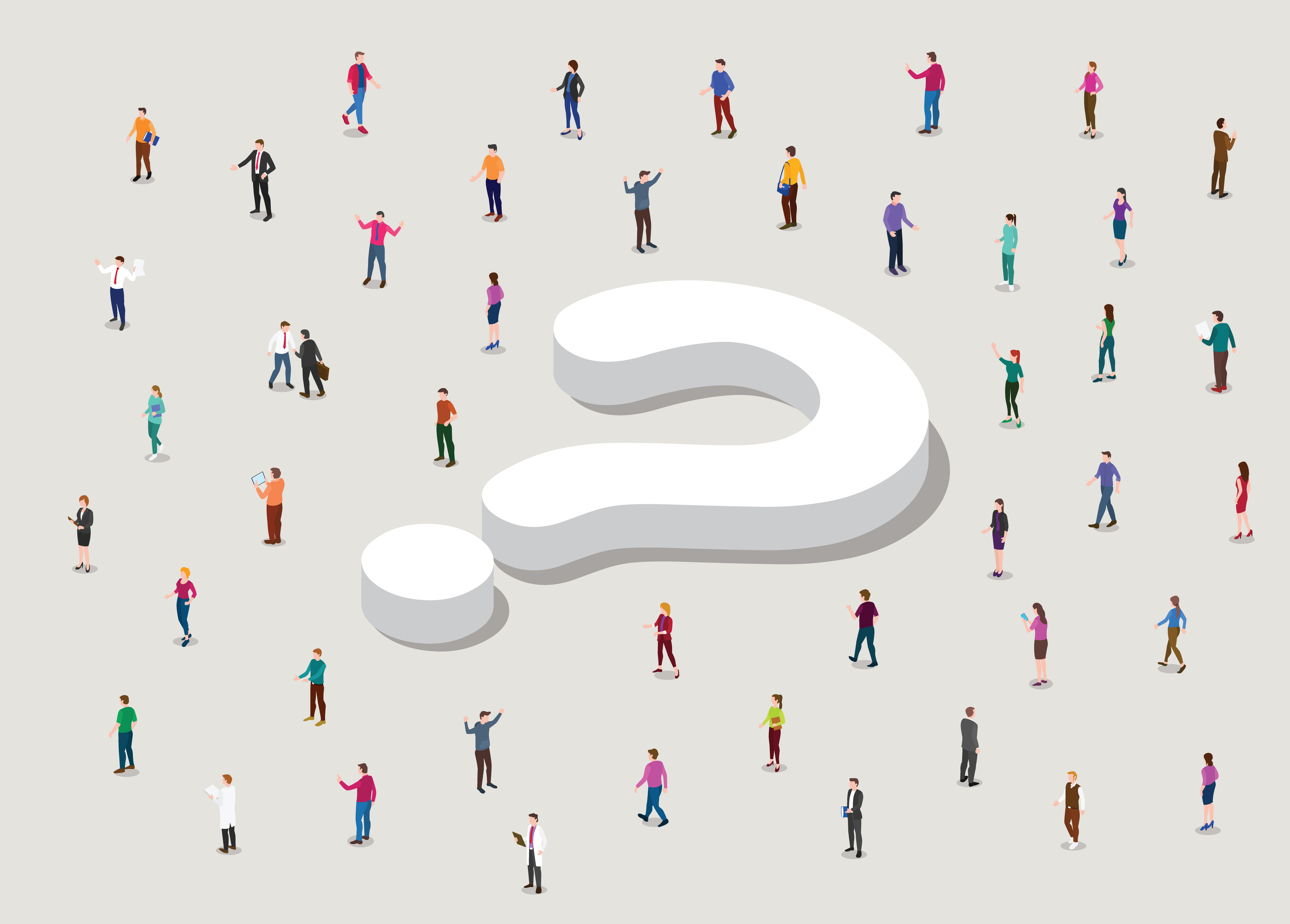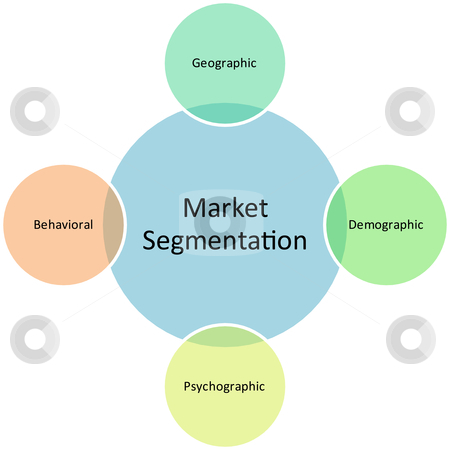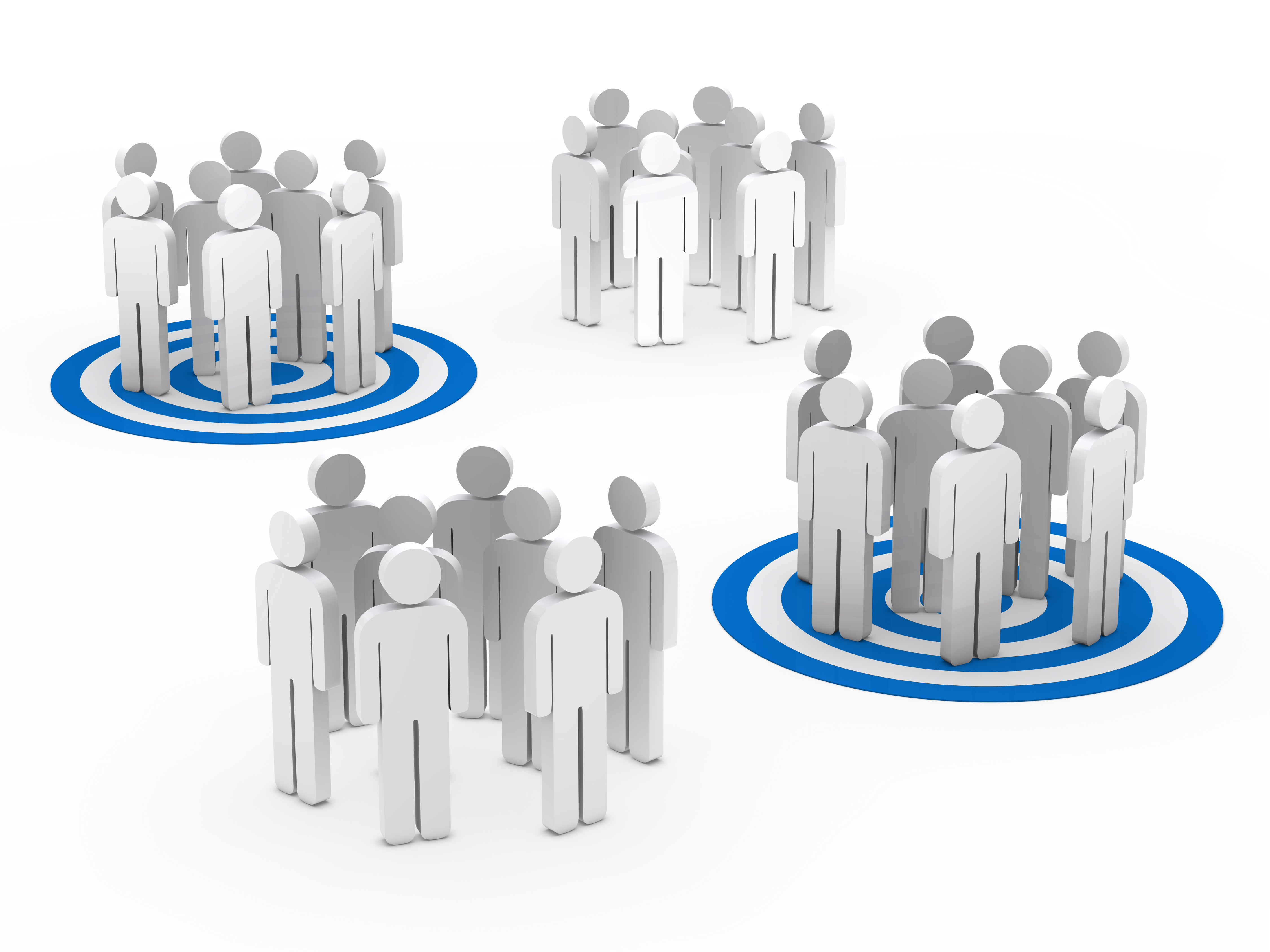Customers are different and every customer journey is unique. Marketers and sales teams know this for a fact. And they also know that a single approach won't allow them to reach all their customers.
Dividing the customer base you have into segments is an effective and efficient way in order to be able to tailor your marketing and sales tactics to suit them. And therefore increase your chance to get the most out of them.
What is Customer Segmentation?
Customer Segmentation is a practice used by companies to divide the customers they have into groups based on common characteristics these customers share with one another.
It relies on finding key differentiations that can be used to divide customers into groups so that marketing and sales teams could have a higher chance at targeting them.
For a B2B company, customers can be divided according to some information such as: industry, no. of employees, location, etc.
For a B2C company, however, customers are usually divided based on:
- Demographics (age, race…)
- Geography (where they live, where they work…)
- Behavior (spending habits..)
- Psychographic (lifestyle, social class…)
Importance of Customer Segmentation:
Having a customer segmentation model is important for the allocation of marketing resources. It allows companies to divide their customers based on the revenue they bring the company. So, the company is able to see which are the groups of customers are most and least profitable to adjust their marketing strategy accordingly.
Customer Segmentation is also important for the long-term relationship with customers. It helps increase Customer Lifetime value; customers will stay longer and spend more.
It is also important if a company wants to create marketing campaigns that resonates well with their customers. Companies know that the one-size-fits-all marketing strategies are not the best strategies that should be followed anymore.
Customer Segmentation plays a vital role in understanding and learning about customers on a deeper level. Therefore, they have the ability to create campaigns that fit the different segments they have.

Benefits of using Customer Segmentation:
Customer Segmentation is an effective way to reach consumers with various needs and desires.
Here are some key benefits of having a customer segmentation model:
- Marketing Efficiency:
breaking down a large customer base into smaller segments makes it easier to identify and target the desired audience. Marketing efficiency includes:
- Creating relevant messages for your audience: it's easier to create messages that fits them when you don't have to talk to all of them at once.
- Finding the best marketing channel(s): to know the customers you're targeting means to know what channel you should choose to deliver your message.
- New Market Opportunities:
segmenting customers help marketers see if their companies have potential customers who were not been included in their marketing plans and are not being reached.
- Better Brand Strategy:
knowing what motivates a number of consumers to purchase a product helps companies to brand their products more effectively.
- Greater Loyalty:
developing a better understanding of customers' needs and desires drives the ability to target them better. Instead of having a customer who buys from your brand twice a year, a customer segmentation model with a good targeting strategy, can make them come buy form your shop more than that. Basket size maybe smaller but customer loyalty has increased because they're sticking with your company for longer periods of time.
- Identifying Profitable Customers:
segmenting the customers' base gives your company the ability to see the customers who drives most revenue. Marketers can then use such info to focus their marketing on them in order to build loyalty and increase Customer Lifetime Value.
Customer Segmentation models
Mainly there are 4 types of marketing segmentation:
- Demographic
- Geographic
- Psychographic
- Behavioral

Demographic Customer Segmentation:
- Age
- Gender
- Income
- Industry
- Job Title
- Marital Status
Demographic Customer Segmentation is perhaps the first thing that anyone thinks when they first here "Customer Segmentation." Segmenting customers based on their demographics is a straight forward task, yet very powerful.
Geographic Customer Segmentation:
Geographic Customer Segmentation groups your customers based on their locations.
- Where they live
- Where they work
- Continent/country/city
- Time zone
Knowing customers locations is important because people in different places have different needs. A marketing team should consider location when advertising for their products.
Psychographic Customer Segmentation:
Psychographic customer segmentation groups your customers based on their personalities and interests.
- Social status
- Personality
- Opinions
- Interests
- Attitudes
- Activities
- Lifestyles
- Life goals
It's important as it helps marketers look at the why rather than the what. It helps tell them why customers are making certain actions.
Being able to identify psychographic traits of consumers helps marketers in creating messages that consumers can feel attached to on a personal level.
Behavioral Customer Segmentation:
- Spending habits
- Browsing habits
- Purchasing habits
- Interaction with the brand
- Loyalty to the brand
- Feedbacks on previous products
Behavioral Customer Segmentation is powerful and useful especially to e-commerce businesses. The use of behavior segmentation gives businesses the ability to use their consumers' actual behavior to understand what stage they're in.
Use Customer Segmentation to understand your customers better
Customer Segmentation helps you boost conversion, reach the different types of customers your store has, and know why customers are acting the way they do.
It helps you focus your marketing efforts and communicating more effectively with your customers and targeting their desires and needs.





